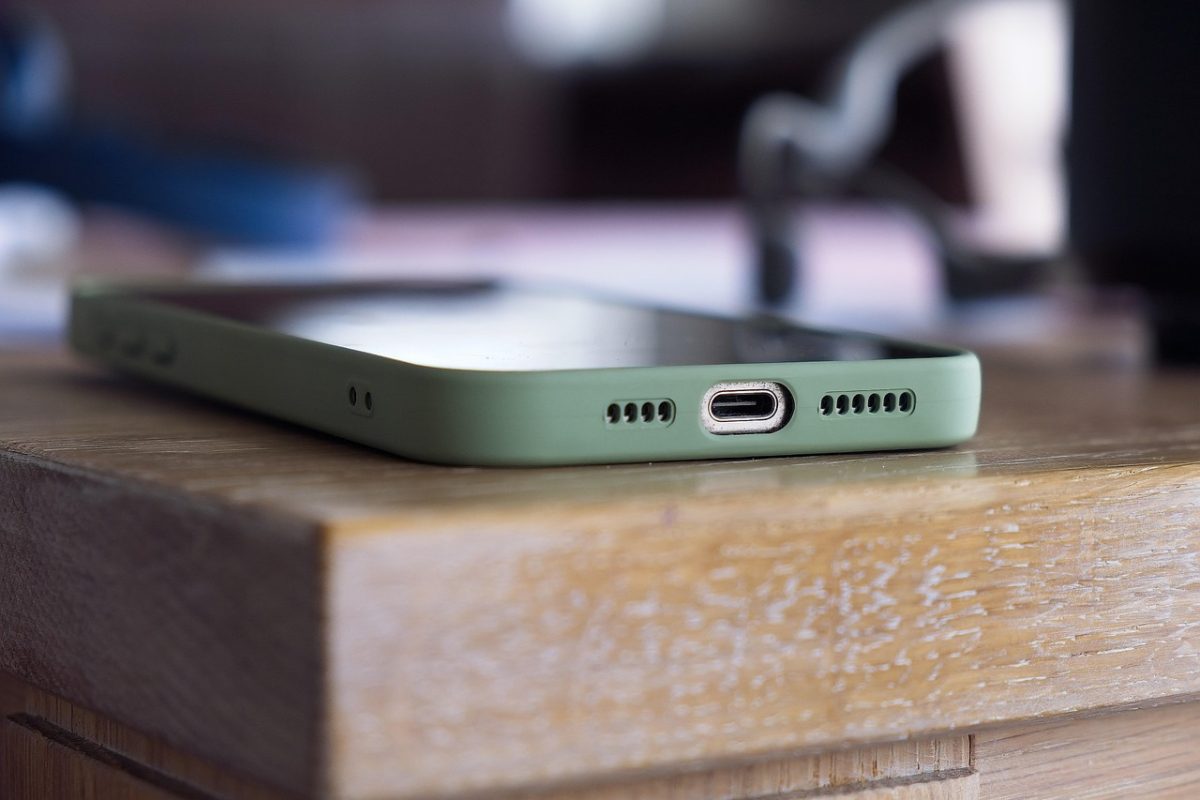Oxygen on Mars?
June 22, 2021
On April 20, 2021, NASA’s Perseverance rover was able to create oxygen on Mars. The atmosphere on Mars is about 95% carbon dioxide, with the remainder mainly being composed of argon and nitrogen. This means that Mars’ atmosphere is not breathable.
NASA’s Mars Oxygen In-Situ Resource Utilization Experiment (MOXIE) might just be the solution to this problem. On April 20, MOXIE was able to create 5.4 grams of oxygen after warming up for 2 hours — about enough breathable air to sustain an astronaut for 10 minutes. This piece of toaster-sized technology might hold the key to future trips to Mars.
Beyond creating breathable air for life on Mars, oxygen is incredibly important for continued space missions. Rockets need oxygen to propel themselves off of Mars, and the more weight that they hold, the more they need. In order to carry four astronauts off the surface of Mars, a spacecraft would require about 25 metric tons of oxygen. In comparison, the amount of oxygen that the occupants would need in order to survive for a year is minimal — only about one metric ton. Carting 25 metric tons of oxygen, or more, to Mars is expensive and impractical. In comparison, carrying an improved version of MOXIE, weighing about 1 ton, would be more efficient and affordable.
How does this work?
Mars has an atmosphere that is about 95% carbon dioxide (CO2). MOXIE electrochemically splits the carbon atom from the other two oxygen atoms that compose this molecule. This process creates the oxygen molecules that we need to breathe, and carbon monoxide. This carbon monoxide is then released into the atmosphere as a waste product.
This process requires extremely high temperatures, at about 1470 °F (800 °C). Because of these high temperatures, MOXIE is made of heat-tolerant materials, which are necessary to ensure that the Perseverance rover is not damaged.
Using this process at these temperatures, MOXIE is capable of creating about 10 grams of air over the course of an hour. Future research will be conducted over the next two years, with an expected nine more experiments. This data will help NASA scientists improve this technology to make travel to Mars more practical.
Sources:










































